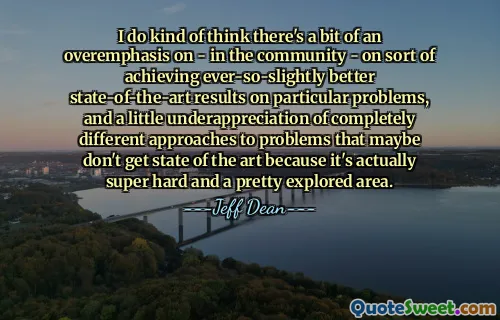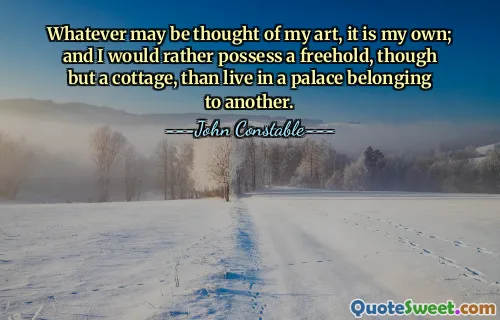The river, tonally, does not recede, presenting the same lifeless grey near and far, a depthless plane upon which Schmitt's dragging oars inscribe parallel lines and Eakins' oars, rising and falling, leave methodically spaced patches of disturbed water. The canvas is haunting - en evocation of the democracy's idyllic, isolating spaciousness, present even in the midst of a great Eastern city.
The river in the artwork is depicted as a constant, unchanging grey, giving it a lifeless quality that stretches endlessly both near and far. The imagery of Schmitt's and Eakins' oars creates contrasting visuals: Schmitt's oars carve out straight lines, while Eakins' oars disrupt the water’s surface with rhythmic movements. This duality highlights the tension between order and chaos within the scene.
This haunting canvas conveys a sense of isolation amid the vastness of metropolis life, portraying an oddly serene yet empty beauty. Updike’s reflection on this democratic landscape captures the paradox of being surrounded by a bustling city while simultaneously feeling detached from it, emphasizing the emotional resonance of American art during this period.





